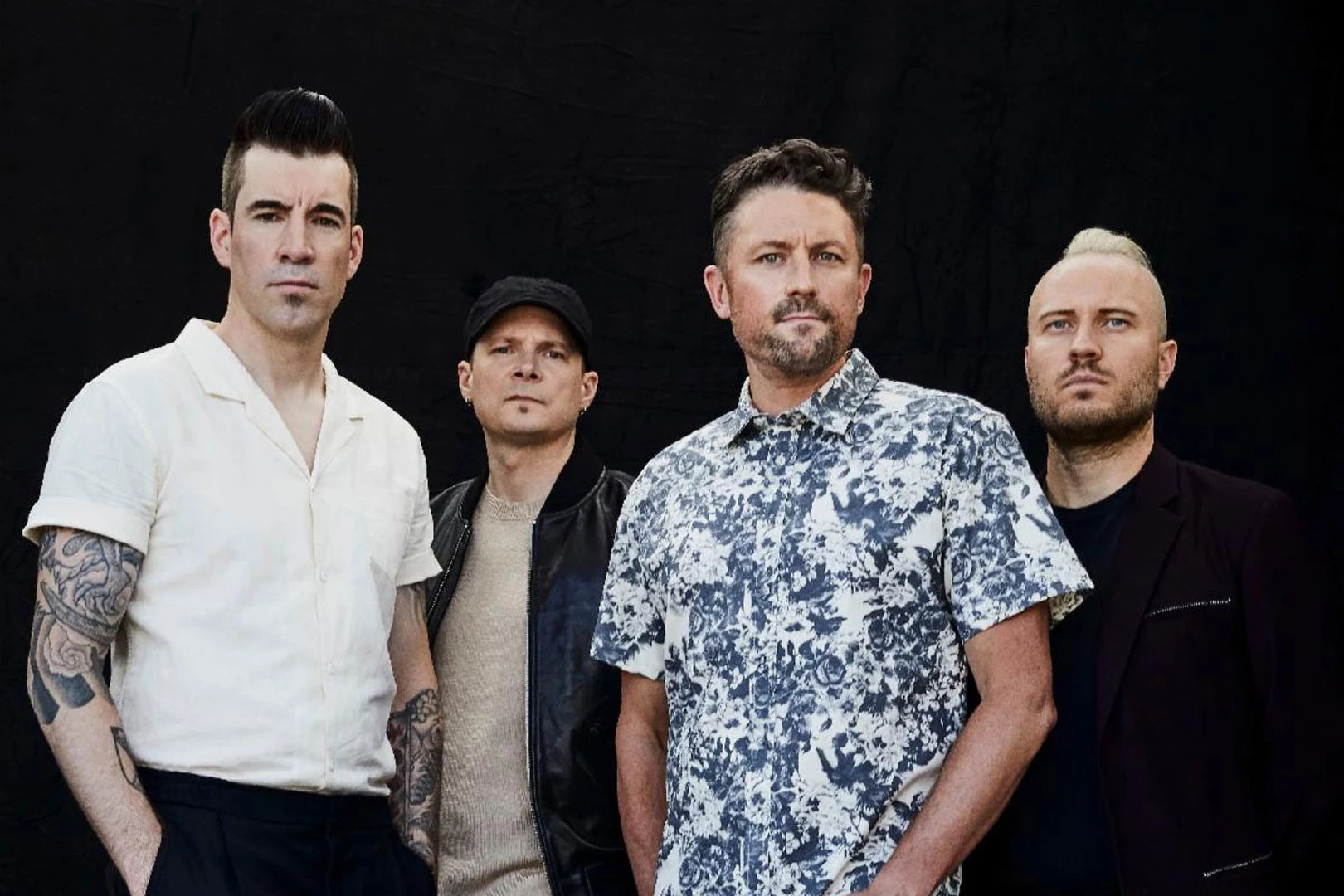
The Rise of Theory of a Deadman: From Post-Grunge to Arena Rock
The landscape of rock music has witnessed a myriad of transformations over the decades, with bands emerging from various subgenres and reshaping the sound of their respective eras. Among these, Theory of a Deadman (TOAD) has carved out a distinctive niche, blending elements of post-grunge with a more mainstream arena rock appeal. Formed in 2001, the band quickly resonated with audiences craving a combination of catchy melodies and heavy undertones, a testament to their evolution in a competitive musical arena.
Origins and Early Success
Hailing from Delta, British Columbia, Theory of a Deadman was initially formed by childhood friends Tyler Connolly and Dave Brenner. Their early music, characterized by emotional lyrics and grungy guitar riffs, drew significant comparisons to the likes of Nickelback, another Canadian band that found massive success in the nascent 2000s rock scene. TOAD's self-titled debut album, released in 2002, showcased their raw sound with hits like “Make Up Your Mind” establishing them as a force to be reckoned with. With the familiar aesthetics of post-grunge, the band successfully bridged the gap between traditional grunge sounds and mainstream rock appeal, setting the stage for their subsequent popularity.
Transitioning to Arena Rock
As the years progressed, Theory of a Deadman began to refine their musical identity, transitioning into a sound that resonated well with larger audiences. Their breakthrough album, “Gasoline,” released in 2005, marked a pivotal moment for the band. The title track and singles such as “Bad Girlfriend” showcased a refined sound that incorporated heavier rock elements while retaining the catchy hooks that fans loved. With this album, TOAD became a staple in rock playlists and gained significant commercial recognition. Their ability to adapt without losing their core essence allowed them to garner a diverse fanbase, essential for any band aiming for arena status.
The Merchandising Boom
As their popularity skyrocketed, so did the interest in Theory Of A Deadman Merch. The band's merchandise, ranging from T-shirts to hoodies and accessories, became a way for fans to connect with their musical journey. The striking designs often reflect the band's aesthetic, including iconic album artwork and band logos, creating a sense of community among fans. At concerts, fans proudly showcase their Theory of a Deadman merch, reinforcing the bond between the band and its supporters. The merchandising aspect not only provides additional revenue streams for the band but also serves to strengthen their presence in the rock scene, ensuring that their brand continues to thrive.
Continuing the Legacy
With several successful albums under their belt and memorable hits like “Angel” and “Rx (Medicate),” Theory of a Deadman has proven they are more than just a passing trend. Constantly evolving their sound and exploring new musical territories, they continue to captivate audiences worldwide. Their commitment to quality music, coupled with a strategic approach to branding and merchandising, underscores their position as pillars in contemporary rock. As the band looks forward to new projects and potential collaborations, fans can remain excited about what the future holds. Theory of a Deadman's journey from post-grunge origins to arena rock giants exemplifies the strength of adaptability and innovation in the ever-changing landscape of music.









